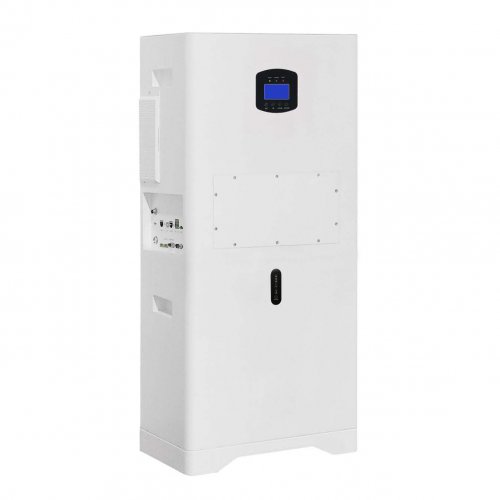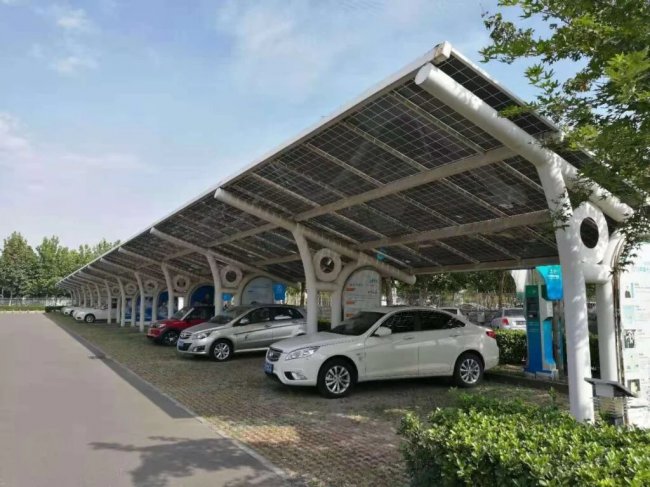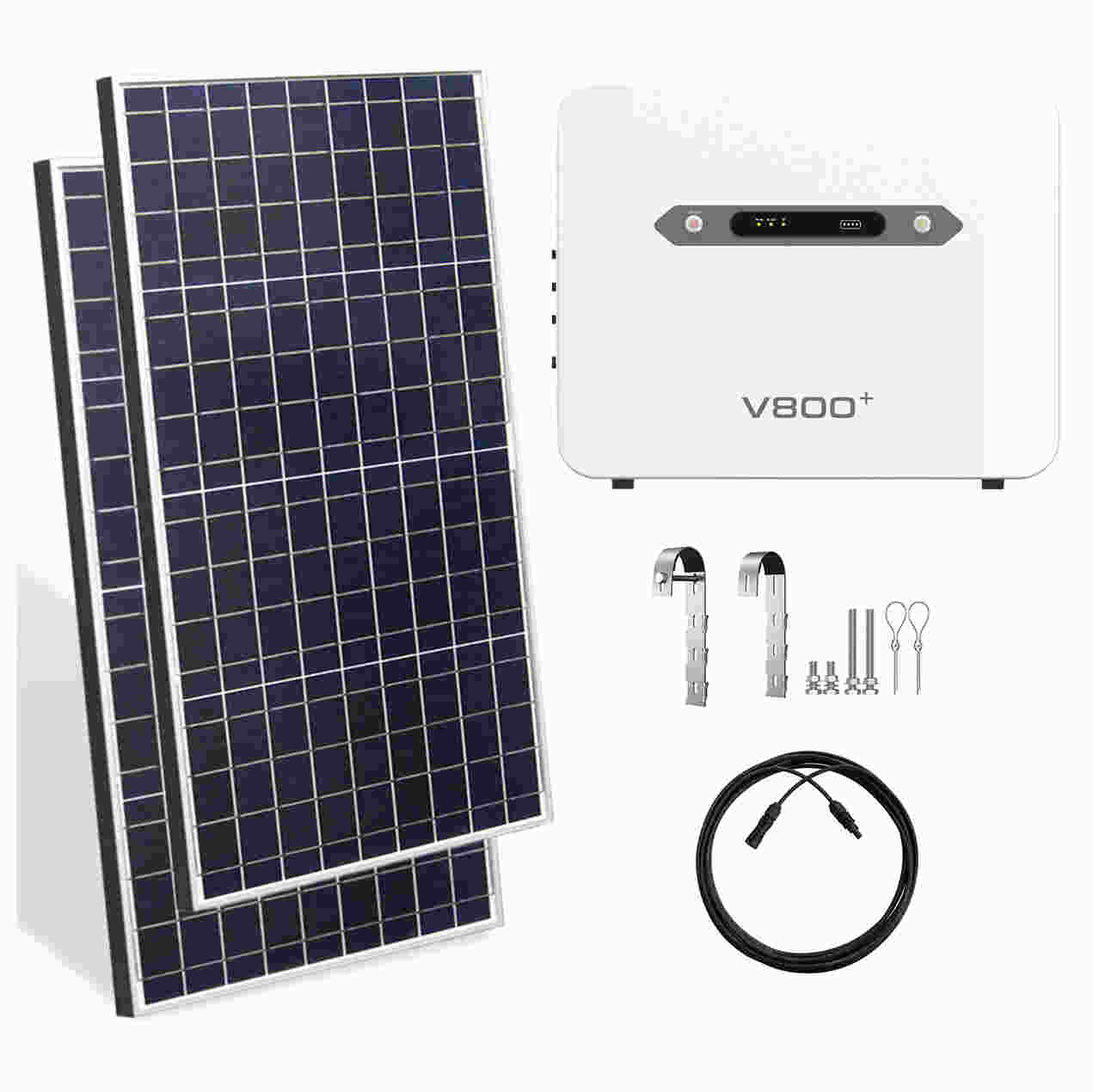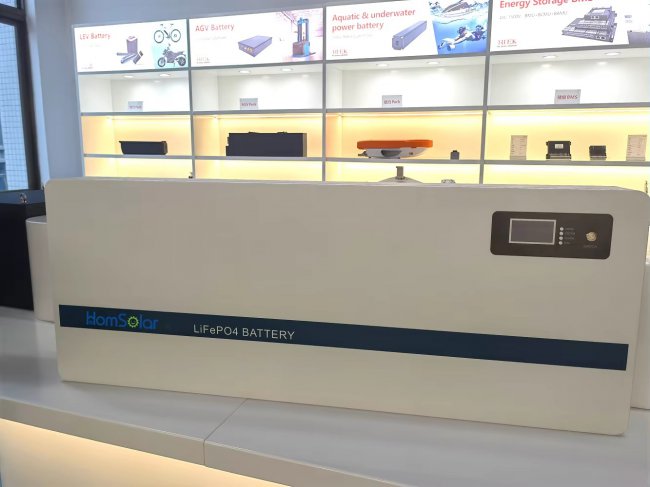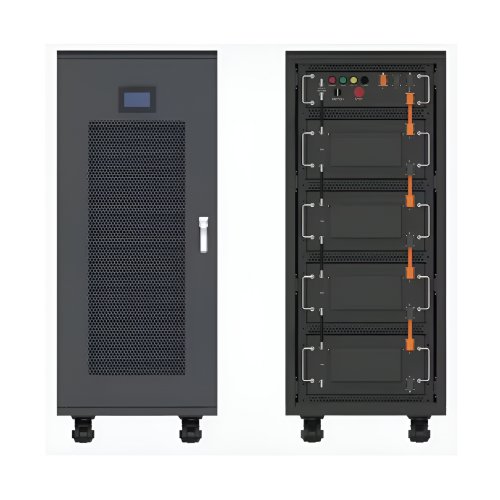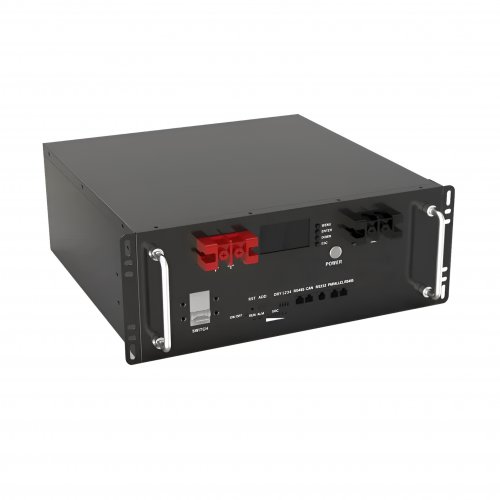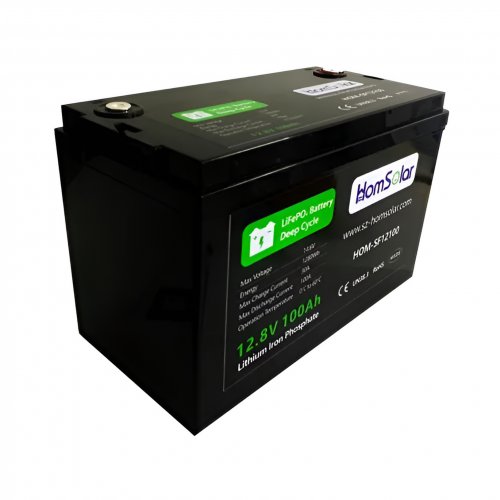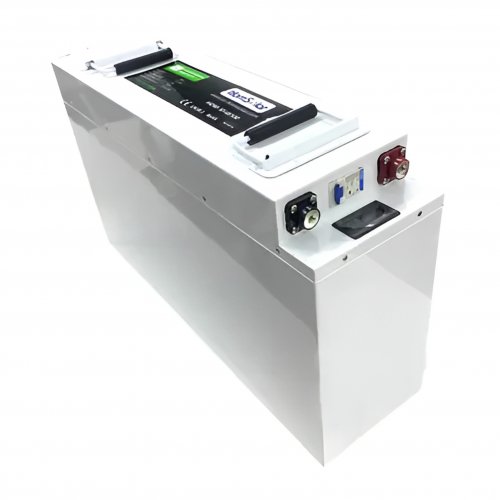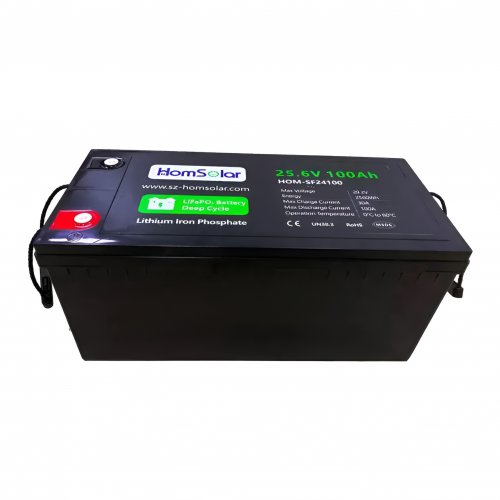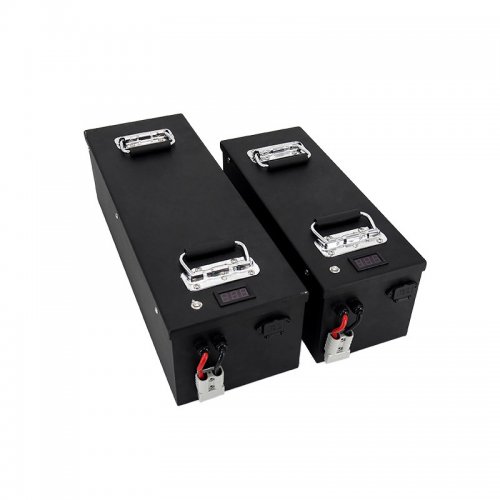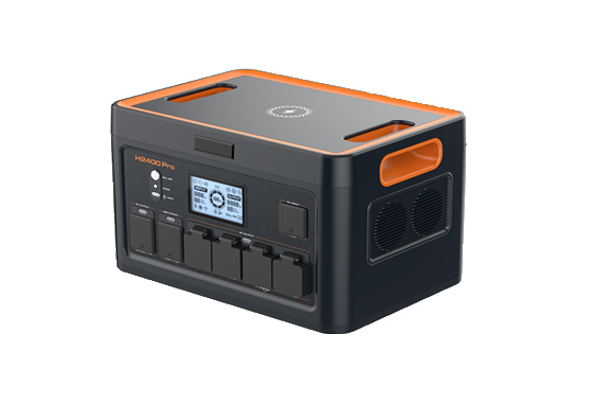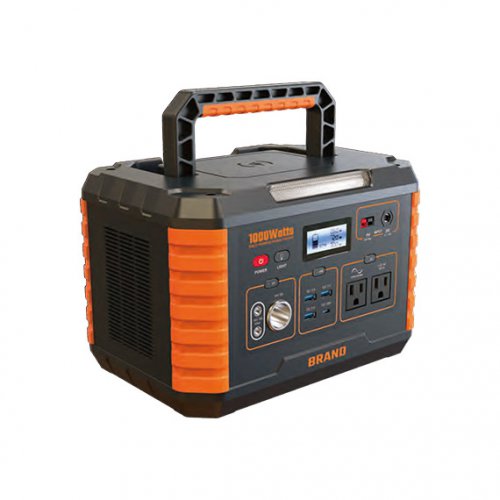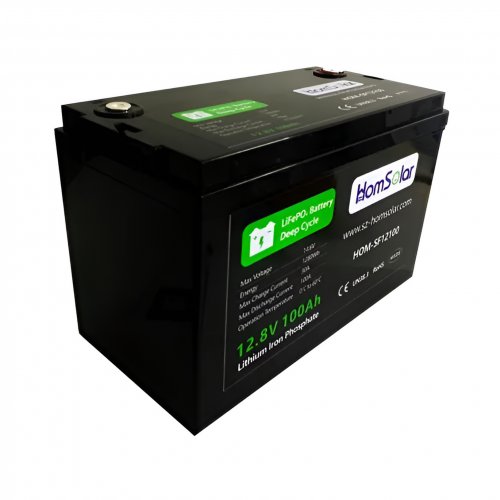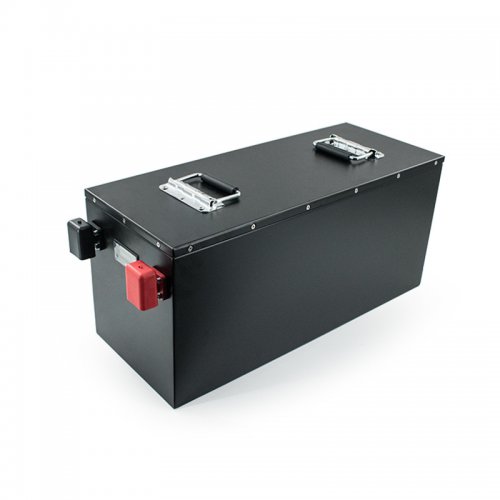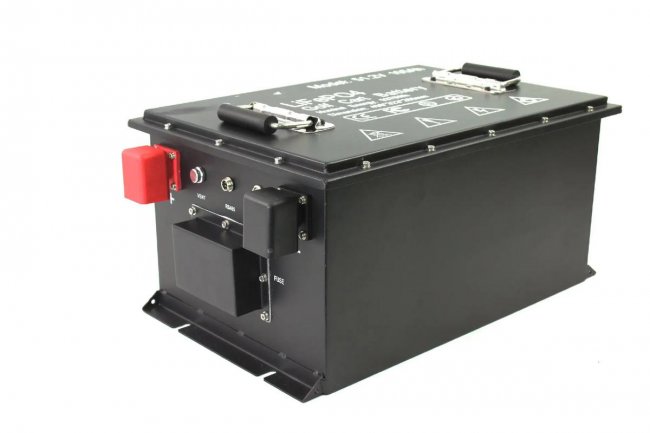Researchers complete Europe’s first PV soiling loss assessment
A global team of researchers has completed Europe's first continent-wide techno-economic analysis of PV soiling losses.
The researchers developed soiling maps by interpolating analytical data and calibrating it with ground-measured losses from sensors across Europe. They evaluated the cleaning effect of rain under two scenarios: one assuming it fully cleaned panels and another where it removed only 10% of the soiling.
“The key objectives of the present research are twofold: first, to map both energy and economic losses in PV systems due to soiling patterns, and second, to share with the community a modified version of a soiling model that allows to customize the cleaning effectiveness of rain, which could be reapplied in additional studies,” the scientists said. “The maps and the models not only offer insights into the spatial distribution of soiling but also provide a valuable resource for stakeholders involved in decision-making processes related to maintenance planning, resource optimization, and environmental impact assessments.”
Researchers used the soiling model proposed by Coello and Boyle, which estimates deposition rates from particulate matter (PM) concentrations. The model quantifies these rates using PM10 and PM2.5 indicators, measuring the mass of airborne particles with diameters up to 10 μm and 2.5 μm, respectively. It applied reanalyzed PM data from the Copernicus Atmosphere Monitoring Service, covering the 2005–19 period.
Researchers recalibrated the model using field measurements from nine European PV sites. They conducted tests at three locations in Denmark, three in Spain, two in France, and one in Norway. They recalibrated the model using a PV site near a railway station in Switzerland, where significant soiling losses occurred despite regular precipitation, which cleaned only 10% of the soil.
“The novel model is tested using data from a case study of a system located in a rainy location (>1,000 mm year-1) with a uniform precipitation distribution in Switzerland, where losses of up to 10% due to soiling were identified after artificially cleaning the system,” they said. “The losses due to soiling are derived by comparing the performance ratio (PR) of the system, which represents the ratio of the actual and theoretical power outputs, after and before a manual cleaning by means of an equation.'”
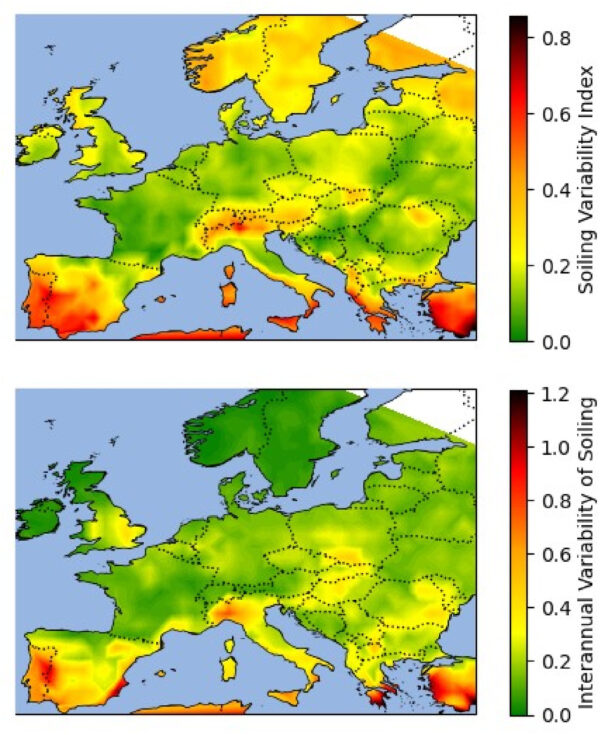
Image: German Aerospace Center (DLR), Renewable Energy, CC BY 4.0
The researchers calibrated the model for both scenarios and applied it across Europe. When assuming rain perfectly cleans panels, the average annual soiling loss in electricity reaches 0.9%, with Greece showing the highest loss at 4.3% and Norway the lowest at 0.2%. In the scenario where rain cleans only 10% of the soiling, average losses increase to 5.3%, peaking at 14% in Spain and dropping to 1.2% in Norway.
On economic metrics, perfect rain clean-up leads to an average 1% increase in the LCOE, peaking at 4.6% in Turkey. The average net present value (NPV) reduction is €9.10 ($9.56)/kW, with Turkey experiencing the highest decrease at €69.30/kW. When rain cleans just 10% of soiling, the average LCOE rise reaches 5.8%, hitting 16.3% in Spain. The average NPV reduction is €45/kW, with Turkey showing the largest drop at €230.40/kW.
Customized/OEM/ODM Service
HomSolar Supports Lifepo4 battery pack customization/OEM/ODM service, welcome to contact us and tell us your needs.


HomSolar: Your One-stop LiFePO4 Battery Pack & ESS Solution Manufacturer
Our line of LiFePO4 (LFP) batteries offer a solution to demanding applications that require a lighter weight, longer life, and higher capacity battery. Features include advanced battery management systems (BMS), Bluetooth® communication and active intelligent monitoring.

Customised Lithium Iron Phosphate Battery Casing
ABS plastic housing, aluminium housing, stainless steel housing and iron housing are available, and can also be designed and customised according to your needs.

HomSolar Smart BMS
Intelligent Battery Management System for HomSolar Energy Storage System. Bluetooth, temperature sensor, LCD display, CAN interface, UART interface also available.


Terminals & Plugs Can Be Customized
A wide range of terminals and plugs can be customised to suit the application needs of your battery products.

Well-designed Solutions for Energy Storage Systems
We will design the perfect energy storage system solution according to your needs, so that you can easily solve the specific industry applications of battery products.



About Our Battery Cells
Our energy storage system products use brand new grade A LiFePO4 cells with a battery lifespan of more than 4,000 charge/discharge cycles.



Applications in Different Industries
We supply customized & OEM battery pack, assemble cells with wiring, fuse and plastic cover, all the cell wires connected to PCB plug or built BMS.
Applications: E-bike, Electric Scooter, Golf Carts, RV, Electric Wheelchair, Electric Tools, Robot Cleaner, Robot Sweeper, Solar Energy Storage System, Emergency Light, Solar Power Light, Medical Equipment, UPS Backup Power Supply.
We can provide you with customized services. We have the ability to provide a vertical supply chain, from single cells to pack/module and to a complete power solution with BMS, etc.


HomSolar (Shenzhen) Technology Co., Ltd







